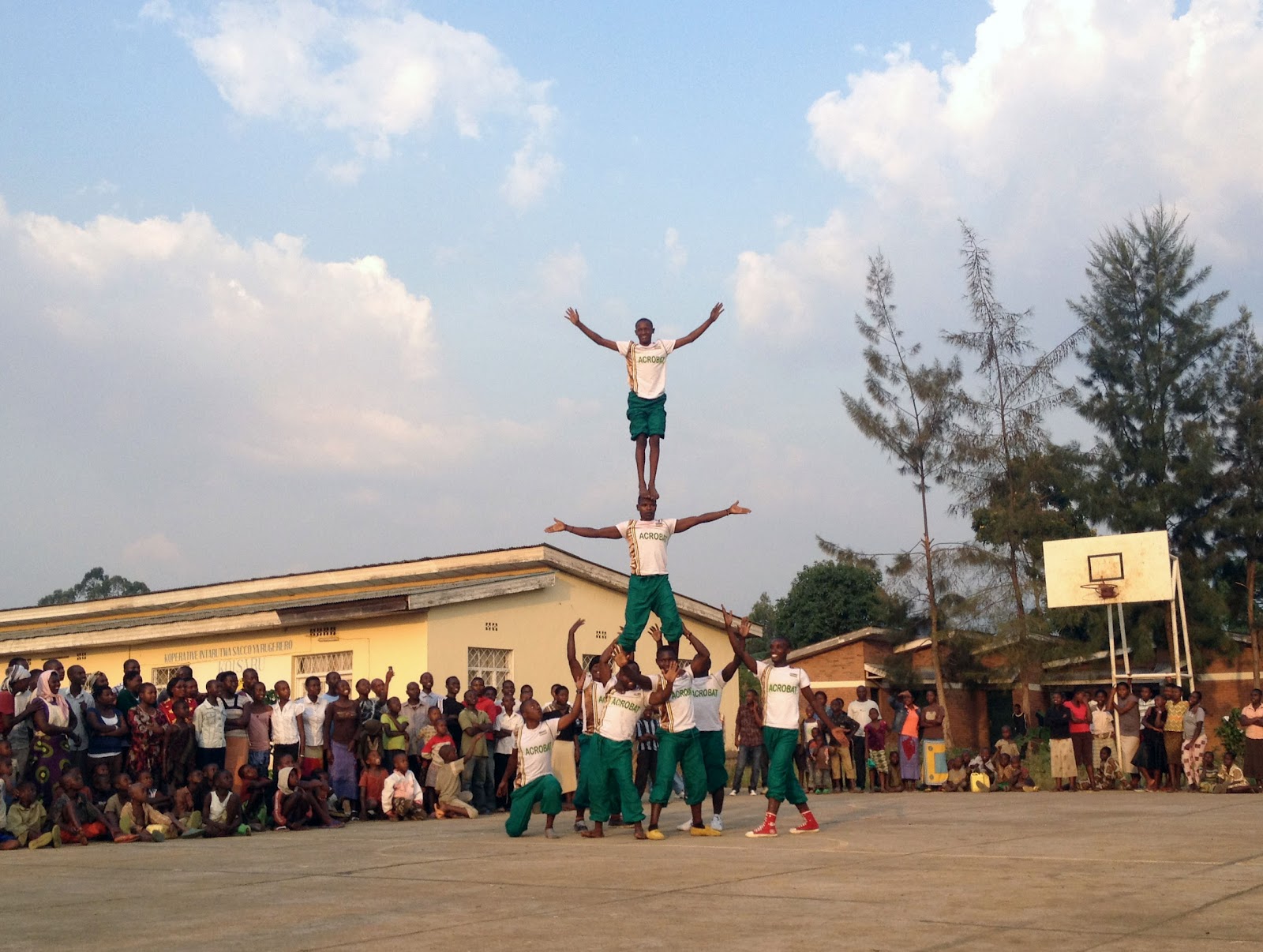Browner
Banned
- Joined
- Jan 20, 2012
- Messages
- 6,000
- Post Likes
- 270
Somehow the game has developed an allowance for a kick off catcher to be lifted ( ?!?!? Presumably to stick a safety zone around the 'sitting duck' catcher)
I don't remember who, but a Scotland player was dropped from a considerable height and landed on his head/shoulder such that his neck was bent under impact. That outcome was similar/ equivalent in player welfare danger to that of a 'lift tackle' a 'line out drop' or 'upturning a jumping catcher' where contact with the ground mirrors the spinal risks.
Q? so should own team players who drop/ endanger teammates receive sanction, if their actions are reckless or poorly executed?
I don't remember who, but a Scotland player was dropped from a considerable height and landed on his head/shoulder such that his neck was bent under impact. That outcome was similar/ equivalent in player welfare danger to that of a 'lift tackle' a 'line out drop' or 'upturning a jumping catcher' where contact with the ground mirrors the spinal risks.
Q? so should own team players who drop/ endanger teammates receive sanction, if their actions are reckless or poorly executed?





